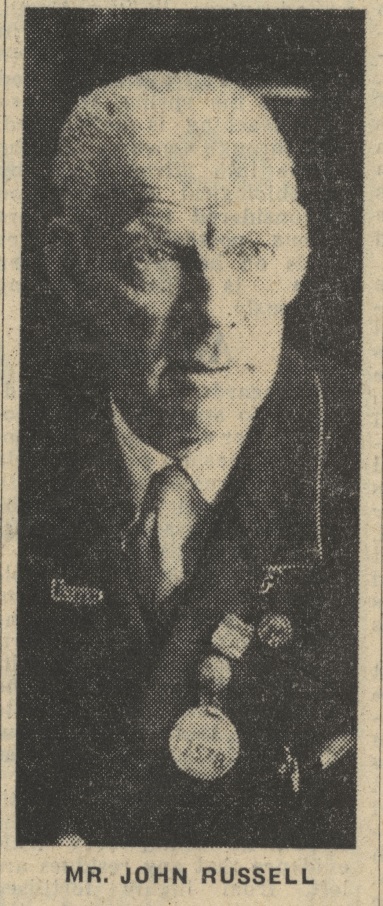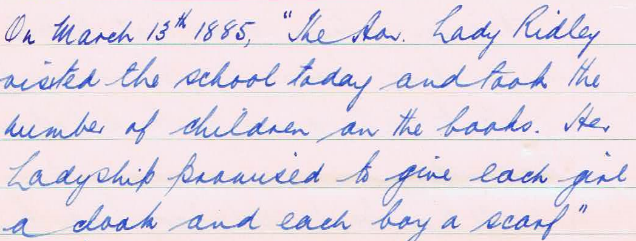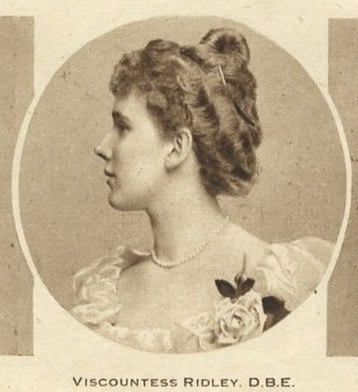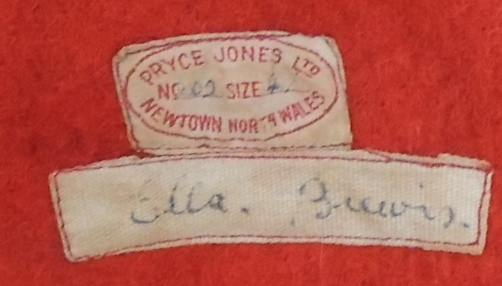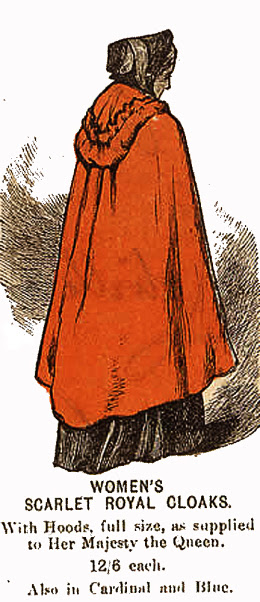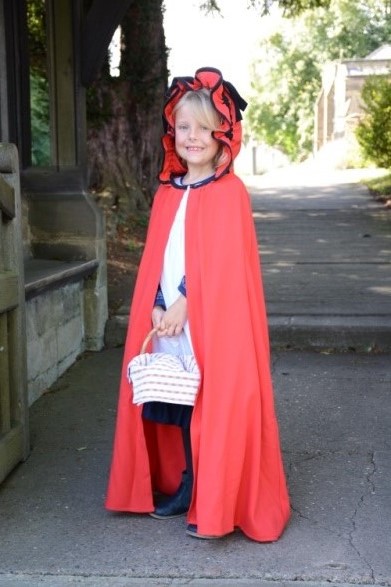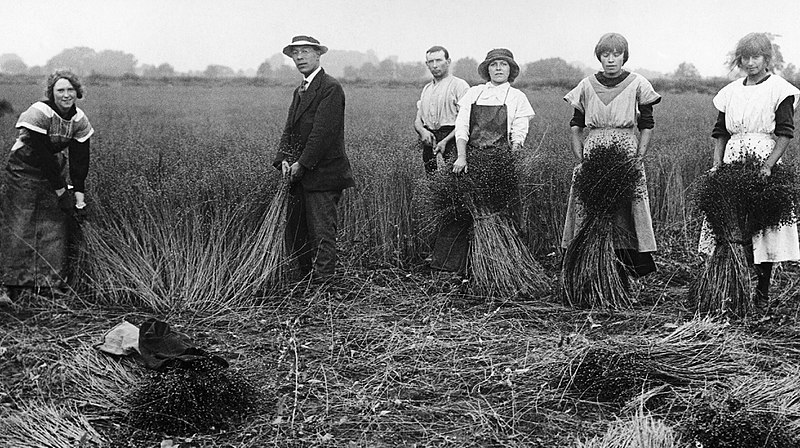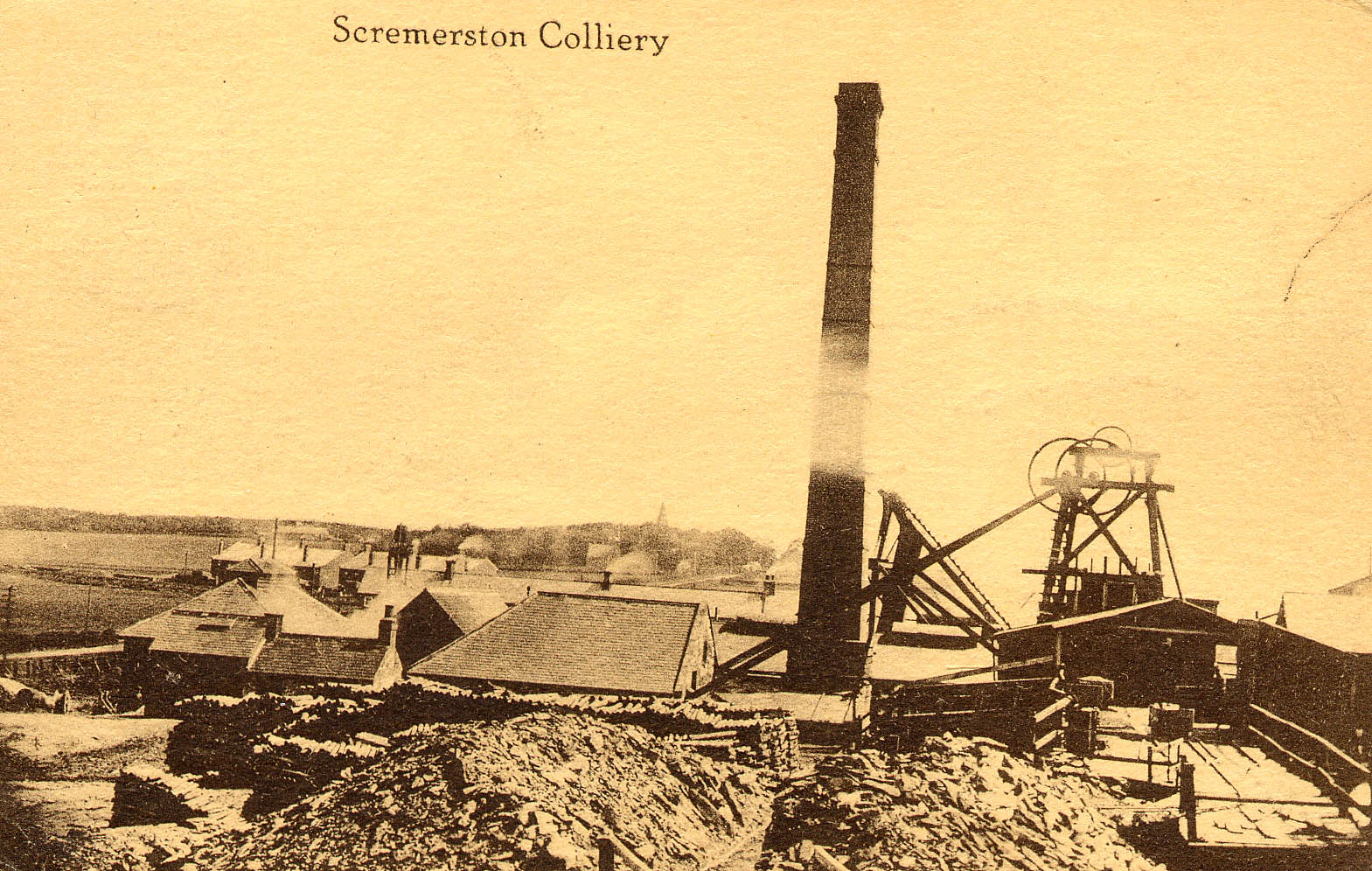The 20th March 1969 ‘The Berwick Advertiser’ ran the following story:-
Today was the day RAF Acklington was to send helicopters up the Ingram Valley and small hamlets along Coquetdale to drop fodder to the starving sheep. Plans had been made to drop fodder to High and Low Blakehope Farm in the Cheviots, but these were cancelled due to low cloud and snow showers.
Mr Harry Rutherford of High Blakehope and Mr R. T. Elliot of Kalemouth, Kelso who have some 1300 sheep on the two farms, had arranged for the helicopter to carry hay that had been brought in by road from Kelso to Hartside, but due to the weather the drop was shelved. Both farmers yesterday confirmed that the position was ‘Grim’ it could be desperate if today’s drop is binned as the sheep only have fodder for another day. A blizzard on Friday blocked roads, cut off electricity, closed schools and kept the North Northumberland fishing fleet in port.
The Primary schools at Milfield and Branton were closed because of the snow and lack of power. Pupils could get in, but there were no facilities to provide a hot midday meal. Only 13 of the 23 pupils made it in to Glanton School as the snow as 5 inches deep in the village. The 300 pupils at Glendale School also had the day off to play in the snow due to the conditions.
The weather affected the bus services on both sides of the border, a spokesman for United Automobile Service Ltd said that the Wooler – Newcastle bus route was blocked by snow at Longframlington Moor and buses could only get as far as Whittingham. A bus driver, conductor and passenger had to walk 2 miles to Coldingham village on Thursday night as the Berwick to Edinburgh bus got stuck in snow. Mountainous seas battered to coast and the seas at Eyemouth were said to be the worst in living history. At Berwick the water broke high over the pier and the lighthouse and this was the same story further down the coast at Seahouses.
Coastguards and Police were asked to keep a look out for 220 cases of gunpowder jettisoned in the sea 10 miles east of Longstone by the Dutch Coaster ‘Harry’. The crew dumped the cases when the deck cargo began to shift. It was the high winds which did most of the damage for; although it snowed on Thursday morning and again on Friday the majority of it turned to slush, but with the easterly gale came the drifts. In many parts of North Northumberland the drifts were 10 to 12 feet deep. The snowploughs and blowers were out for more than 24 hours, with men working shifts to keep the roads open.
The electricity cuts suffered by many were caused by clinging wet snow to the conductors. On Saturday, Sunday and Monday strong winds from the south east and with heavy showers of snow and sleet meant the temperature barely rose above freezing. On Tuesday as the region began to shake itself free of the weekend conditions blizzards swept in from the east and by lunchtime the workmen from Berwickshire and Northumberland County Council were once again working in a full scale battle against the snow. Swept in by the wind in clouds so thick visibility was only 10-15 yards in places and the snow piled up on the roadsides. Around Alnwick the snowfall was the heaviest of the entire winter.
A Greek cargo ship fell into difficulties off Longstone Lighthouse on Sunday and the crew had to be lifted to safety by a Danish Air Force helicopter. The 13 men and one woman from the ‘Kadiani’ were landed at RAF Leuchars. She was bound from Aalborg to Benghazi with a cargo of cement. She battled against the gale force winds in the North Sea for 3 days before the Captain radioed for help. At one time the English tug ‘Yorkshireman’ attempted to take the stricken ship under tow, but the tow rope broke.
Within the Berwick Advertiser story there was mention of John Russell. He was also mentioned in the Northumberland Gazette published 21st March 1969. With the headline “Unlucky 13th for Bus Crew from Wooler.” John Russell, was my grandad and 49 years today he was involved in the storm. He was the driver of the Wooler bus which was stranded in deep snow on the Wooler to Newcastle road. It was the first time in 25 years’ service, that United Bus Company driver John Russell of Oliver Road, Wooler, had been forced to sleep in a bus an experience also shared by his conductress Miss Esther Speirs of Milfield.
“It was without doubt the coldest and most uncomfortable sleep I’ve ever had” said John after his bus got back to Wooler depot on the Friday morning. Some 12 hours after setting off from Newcastle. He set off at 7.38pm from Tyneside, a blizzard was blowing, but conditions were not bad. They got the empty bus as far as New Moor House crossroads west of Alnwick then was turned back. Mr Russell said “I started back to Wooler and after about half a mile the bus got stuck. Just before Miss Spiers, saw a figure coming towards us from a stranded lorry. Suddenly, the man fell down and then got up again and came towards the bus. It was a Mr Alan Easton.” We got him inside and dried him down then he and Miss Speirs set off walking toward New Moor House to use the telephone. Miss Speirs later returned with Mr Mossman the occupant who brought sandwiches and blankets which were most welcome. A snowplough arrived and offered to pull the bus out, but Mr Russell lacked the necessary equipment for the tow. Later Police Sergeant Nairn from Wooler Station who had previously visited the bus returned with a tow ring.
Sergeant R. Nairn and PC A. Chicken had started looking for the bus after Morpeth reported that it had not got through. They found the bus and 2 cars as well as the lorry stuck near Moor House. The occupants of one of the cars Mr & Mrs Philip Malthouse of Wooler were brought back to Wooler by the Police and the occupant of the other car was an Australian who got a lift back to Glanton where he lived. The lorry was dug out, but the bus was stuck.
Mr Russell had only just received his Kings Medal for Loyal Service in the 1939 -45 War, that Monday, 26 years after serving with the Royal Air Force. The family story has it; Grandad didn’t leave the bus because he was carrying the mail. I’m proud to say that this was my grandad as are other members of the family and I welcome the opportunity to write this article and make people aware of what he did. I remember fondly, the time I spent with him in Wooler on my holidays, playing in the buses parked up in the depot as well as going down the inspection pit. Happy days! We still have the newspaper clipping of the event as well as his long service certificate, save driving bus medals and his Kings Medal.
